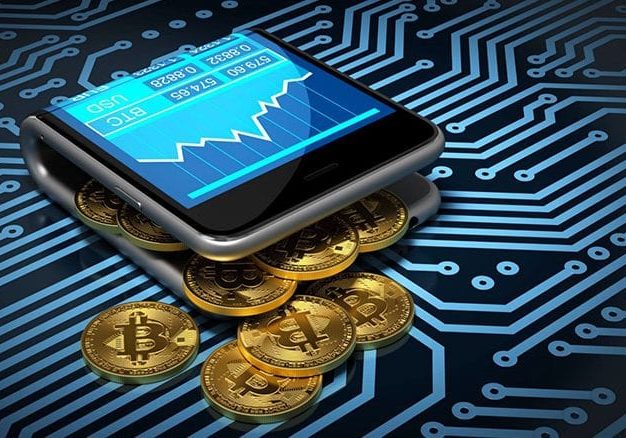Explore the Future of Finance with Blaze Coin: Discover secure, blockchain-based online payments and invest in the evolution of money with Blaze Coin.
Secure Your Cryptocurrency Transactions: Blaze Coin offers unparalleled security with decentralized nodes and expert support for global exchanges.
Maximize Your Crypto Investments: Learn how Blaze Coin's margin trading and peak value insights can enhance your cryptocurrency portfolio.
Global Cryptocurrency Exchanges Made Easy: With Blaze Coin, experience hassle-free cross-border transactions and foreign exchange dealings.
Protect Your Crypto Assets: Trust Blaze Coin for the ultimate security of your cryptocurrency keys and wallets.
Join the Decentralized Financial Revolution: Embrace the next evolution of money with Blaze Coin's blockchain technology and smart contracts for a transparent, global market.
FOREIGN EXCHANGE DEALERS
Experts who can help you with the transaction even if you have the exchanges going out of the boundaries of a country.
Latest Crypto News Today!

Cryptocurrency Keys & Wallets
Rest assured, your crypto keys and wallets are safe with us. We prioritize your security, ensuring you have full control over your assets while our team works to keep your data protected. At BlazeCoin, your peace of mind is our top priority.




 Bitcoin
Bitcoin  Ethereum
Ethereum  XRP
XRP  Tether
Tether  Solana
Solana  USDC
USDC  Dogecoin
Dogecoin  Lido Staked Ether
Lido Staked Ether  Cardano
Cardano  TRON
TRON  Hyperliquid
Hyperliquid  Wrapped Bitcoin
Wrapped Bitcoin  Stellar
Stellar  Wrapped stETH
Wrapped stETH  Sui
Sui  Chainlink
Chainlink  Hedera
Hedera  Avalanche
Avalanche  Bitcoin Cash
Bitcoin Cash  Wrapped eETH
Wrapped eETH  Shiba Inu
Shiba Inu  WETH
WETH  LEO Token
LEO Token  Toncoin
Toncoin  Litecoin
Litecoin  USDS
USDS  Binance Bridged USDT (BNB Smart Chain)
Binance Bridged USDT (BNB Smart Chain)  Polkadot
Polkadot  WhiteBIT Coin
WhiteBIT Coin  Monero
Monero  Coinbase Wrapped BTC
Coinbase Wrapped BTC  Uniswap
Uniswap  Pepe
Pepe  Ethena USDe
Ethena USDe  Bitget Token
Bitget Token  Aave
Aave  Bittensor
Bittensor  Cronos
Cronos  Dai
Dai  NEAR Protocol
NEAR Protocol  Aptos
Aptos  Pi Network
Pi Network  Ondo
Ondo  Ethena Staked USDe
Ethena Staked USDe  Ethereum Classic
Ethereum Classic  Internet Computer
Internet Computer  Jito Staked SOL
Jito Staked SOL  OKB
OKB  Mantle
Mantle